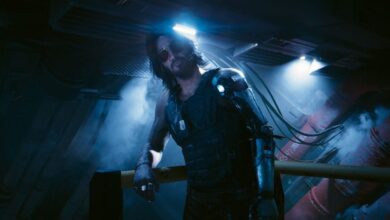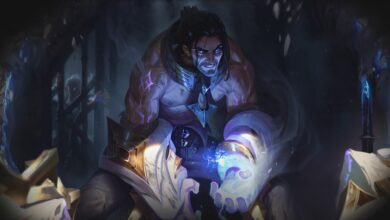Frozen’s snow tech is so good it maybe solved the Dyaltov Pass incident

A decade later, Frozen is still a pretty incredible looking movie. Despite accusations of Disney Face and a slew of movies that have aped its art style, Disney’s landmark 2013 film remains a pretty astounding display of digital animation prowess. Among the many fantastic looking elements, perhaps the most impressive is the snow. But Frozen’s snow has done more than simply look pretty — the technology that Disney used to make it helped solve the decades-old mystery of Dyatlov Pass.
For those who don’t know, the Dyatlov Pass incident is a hiking tragedy that happened in Russia’s Ural Mountains in 1959. A group of nine people were discovered dead a few weeks after pitching their tent in the snowy slopes. What was particularly haunting about the bodies, however, was the state in which they were found [Ed. note: This description is a little graphic]: Several seemed to have been dragged many feet from the campsite, while others were even further away. Some were discovered in various states of undress, injury, and disfigurement, missing eyeballs or tongue, and with cracked ribs and skulls. The bodies were also, bizarrely, lightly irradiated. In other words, it seemed like a graphic and grisly massacre, but no one could provide an explanation that exactly fit the facts.
That mystery made space for decades of fantastical theories to crop up, including Yetis, aliens, wild animals, infrasound, the Soviet military, or (most boring and plausible) an avalanche. But for years, the avalanche theory was considered an insufficient explanation. In the initial investigation, and several subsequent ones, researchers found none of the typical evidence that might suggest an avalanche had been triggered. But in 2019, a group of physicists determined that an extremely small avalanche could technically be possible in that area.
:no_upscale()/cdn.vox-cdn.com/uploads/chorus_asset/file/25099928/frozen2.jpg)
Image: Walt Disney Animation Studios
The next question for researchers was whether or not an avalanche of that size could really cause the kinds of injuries the nine victims were found with — and that’s exactly where Frozen comes into play.
When Johan Gaume, head of the Snow Avalanche Simulation Laboratory at EPFL, a Swiss federal technical institute, saw Frozen, he was immediately impressed with the way the snow in the movie moved. So impressed, in fact, that he met with Disney to talk about the animation technology they used to create it. Gaume then augmented the code slightly in order to create a more realistic model for how an avalanche of that size might look and behave, and more importantly how it might impact and injure a human body.
Between the Frozen code, his own simulations, and some old crash-test data from General Motors, Gaume and his team determined that a small avalanche actually could be enough to create the kind of blunt-force trauma injuries suffered by the victims of Dyatlov’s tragedy. According to their research, an avalanche of that size, in those specific conditions could do things like break ribs or cause serious head injuries, or even enough soft tissue damage to result in death — unlike most avalanche victims, who tend to die of asphyxiation.
:no_upscale()/cdn.vox-cdn.com/uploads/chorus_asset/file/24642595/WorriedElsa.png)
Image: Walt Disney Animation Studios
But while Gaume’s model does give some compelling support to the avalanche theory, it can’t quite account for all of Dyatlov’s Pass’ mysteries. For instance, why were the bodies irradiated (possibly due to thorium present in some camping lanterns, but unconfirmed) or what happened to the eyes and tongues of certain members of the group (possibly scavenged by animals, though there aren’t many other signs that point to that on the bodies). Another of the ongoing mysteries is why exactly the bodies were so far from the camp or why they were undressed — though various kinds of panic and hypothermia could potentially account for that.
But at the end of the day, we’re still one step closer to figuring out the answers that have eluded researchers for years, and it’s all because of Frozen.
Honestly, Disney should lean into it. Frozen 3 and Frozen 4 are on the way — what’s keeping the House of Mouse from realistically modeling radiation spread, katabatic winds, and possibly the alpine speed of a Yeti?




